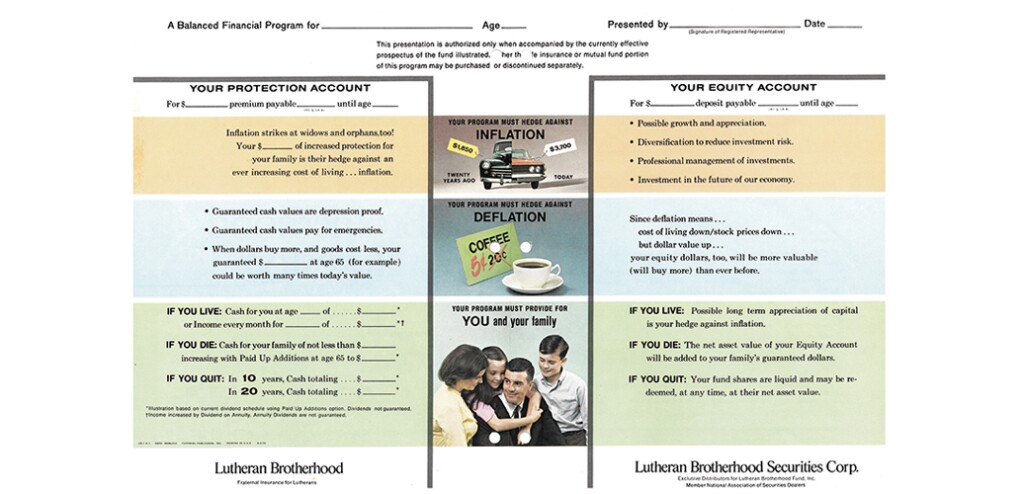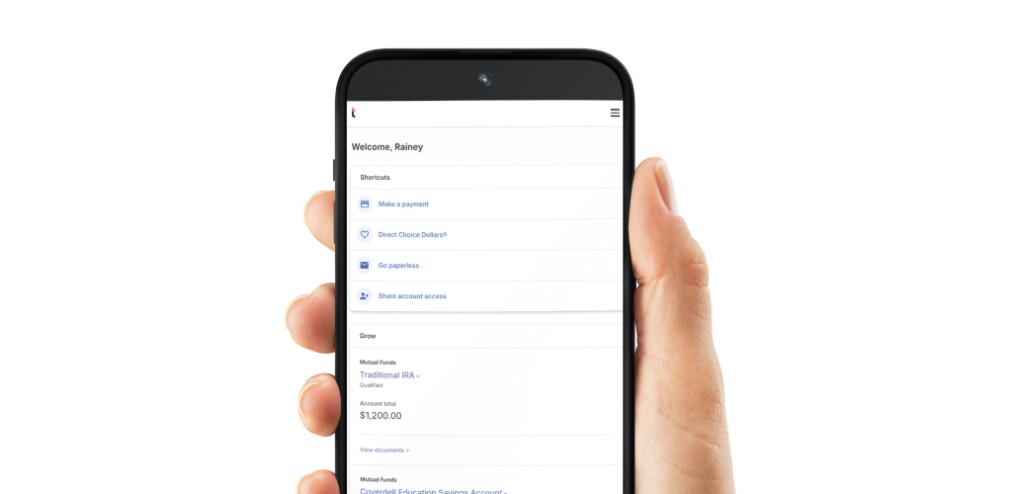A closed-end fund is a type of
How do closed-end funds work?
When a closed-end fund is created, a set number of shares is issued through an initial public offering (IPO). The fund's management team uses the money raised from the IPO to build a diversified portfolio of
After the IPO is complete, however, and the fund is listed on a stock exchange, no new shares are created. Investors buy and sell shares of the fund throughout the trading day at market prices, similar to stocks.
Closed-end vs. open-end funds: Key differences
The two structures—a fund in which shares are issued and redeemed without limits (open-end) and a fund in which the number of shares is limited (closed-end)—result in two distinct differences—share price determination, trade & transaction timing.
Share price determination
In open-end funds, shares are bought and sold based on the fund's net asset value (NAV). You can think of this simply as the fund's total actual worth (the value of all assets minus any liabilities) divided by the number of existing shares. The NAV is calculated at the end of each trading day.
The market price of closed-end fund shares is determined entirely by the
Trade & transaction timing
Transactions for open-end funds happen at the end of the trading day and don't take place in the open market. Investors buy shares from or sell shares to the company that manages the fund, which is then obligated to create or redeem shares as needed.
Shares of closed-end funds trade on stock exchanges throughout the trading day like individual stocks.

How much risk can you tolerate?
What are the advantages & disadvantages of closed-end funds?
Because they're so different from the open-end mutual funds that most people are familiar with, closed-end funds deserve some extra consideration before you decide to invest in them. But they can be well-suited for experienced investors who are willing to navigate the closed-end fund pros and cons:
Advantages of closed-end funds
- Diversification. Like open-end funds, closed-end funds may offer investors access to a
diversified portfolio of securities, which can help spread risk across different asset classes and industries.
- Professional management. As with open-end funds, closed-end funds are handled by professional portfolio managers who have expertise in selecting and overseeing the fund's investments.
- Income generation. Many closed-end funds distribute income generated from the underlying securities to shareholders in the form of dividends, interest payments or capital gains distributions. This can provide a source of regular income for investors.
- Market price opportunities. Shares of closed-end funds are almost always priced higher or lower than the fund's NAV, providing opportunities for investors to buy at a discount or sell at a premium.
Disadvantages of closed-end funds
- Market price volatility. While the up and down of prices in the market can be an advantage, it also means there's potential for
volatility . Having a fixed number of shares means that if investor demand is exceptionally high and trades happen at a higher price point than the fund's NAV, it could result in an overvaluation followed by a price drop that's hard to recover from.
- Complexity. Some closed-end funds use complex investment strategies, such as leverage, which involves using borrowed money in hopes of achieving bigger gains. If you're not experienced, this can make evaluating your risk challenging.
- Liquidity issues. Your ability to sell your shares depends on the supply and demand of the market. You may not be able to offload them as quickly as you would like or at a price equal to or above NAV.
- Fees and expenses. Compared with other kinds of investment options, closed-end funds may have transaction fees as well as management and operating expenses that detract from the potential profit.
How to buy closed-end funds & tips to keep in mind
You can buy closed-end funds the same way you purchase stocks or other securities. Here are the steps to take, along with some important considerations:
1. Choose a brokerage account. Select a
2. Research closed-end funds. Consider factors such as the fund's investment objectives, use of leverage, asset allocation, historical performance, management team and fees.
3. Evaluate the share's premium or discount price. Know ahead of time whether you're comfortable purchasing shares that are priced higher or lower than the NAV.
4. Select a fund. Choose one that aligns well with your risk tolerance, time horizon and investment objectives, such as income generation, capital appreciation and diversification.
5. Place an order. Use your brokerage account to buy the shares. Keep in mind that closed-end funds, like stocks, are traded on stock exchanges during trading hours. Use of limit orders should be considered.
6. Monitor and manage the fund. Periodically reassess your investment to ensure it aligns with your overall financial strategy.
Should you invest in closed-end funds?
Investors considering closed-end funds should carefully evaluate their investment goals, risk tolerance and understanding of the fund's strategy before investing. If you're uncertain about investing in closed-end funds, consider seeking advice from a







